Sort:
The average pro reviews rating is 8.3 / 10, based on the 12 reviews.
How we do it
We humanly agregate professional reviews from a number of high quality sites. This way, we are giving you a quick way to see the average rating and save you the need to search the reviews on your own. You want to share a professional review you like?



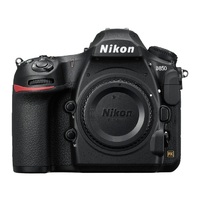
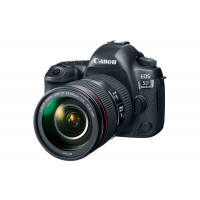

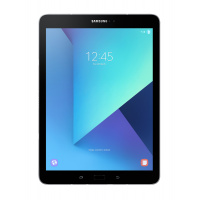
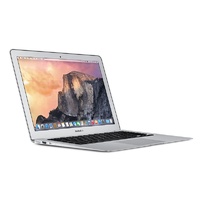



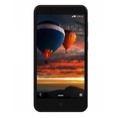





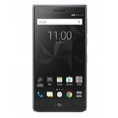


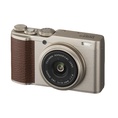
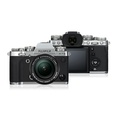


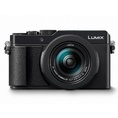
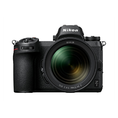






CNET Reviews‘s review Edit Like Unlike
Oct 19, 2012
PC Pro‘s review Edit Like Unlike
Oct 11, 2012
PhotographyBLOG‘s review Edit Like Unlike
Sep 10, 2012
Camera Labs‘s review Edit Like Unlike
Aug, 2012
expertreviews‘s review Edit Like Unlike
Sep 26, 2012
ephotozine‘s review Edit Like Unlike
Sep 11, 2012
PC Magazine‘s review Edit Like Unlike
Aug 28, 2012
DP Review‘s review Edit Like Unlike
Aug, 2012
www.whatdigitalcamera.com‘s review Edit Like Unlike
Jul 03, 2012
PC Advisor‘s review Edit Like Unlike
Jul 31, 2012
Pocket-lint‘s review Edit Like Unlike
Jul 09, 2012
TechRadar UK‘s review Edit Like Unlike
Jun 08, 2012